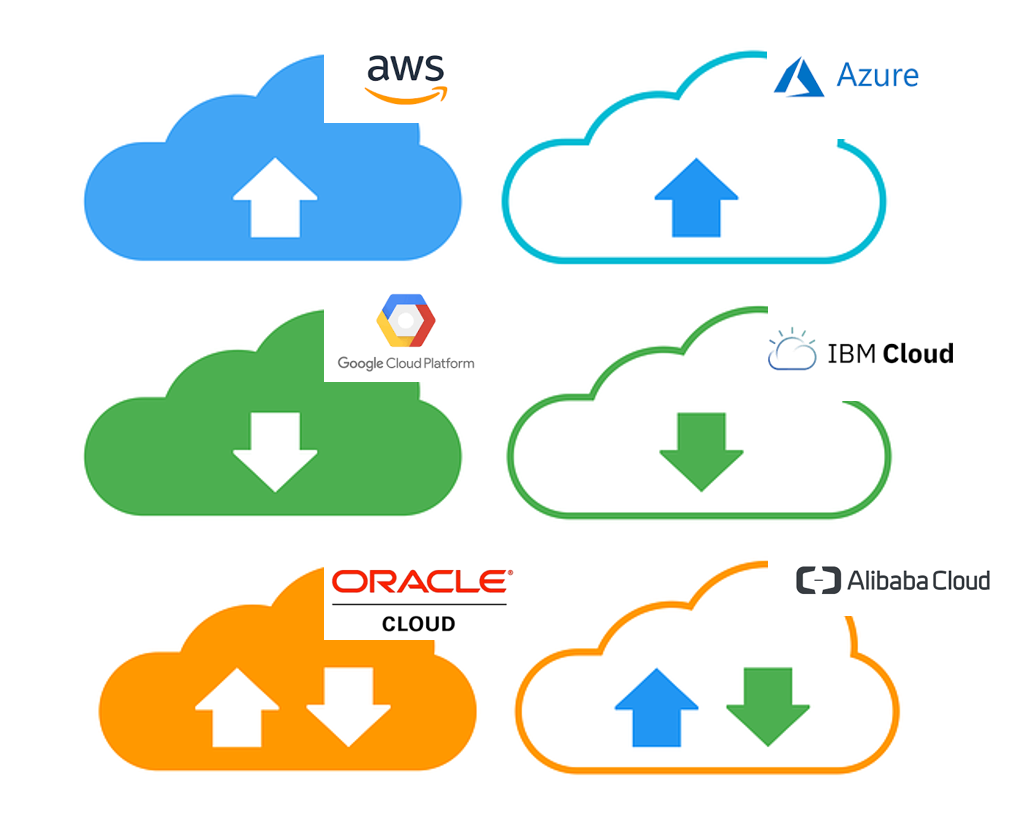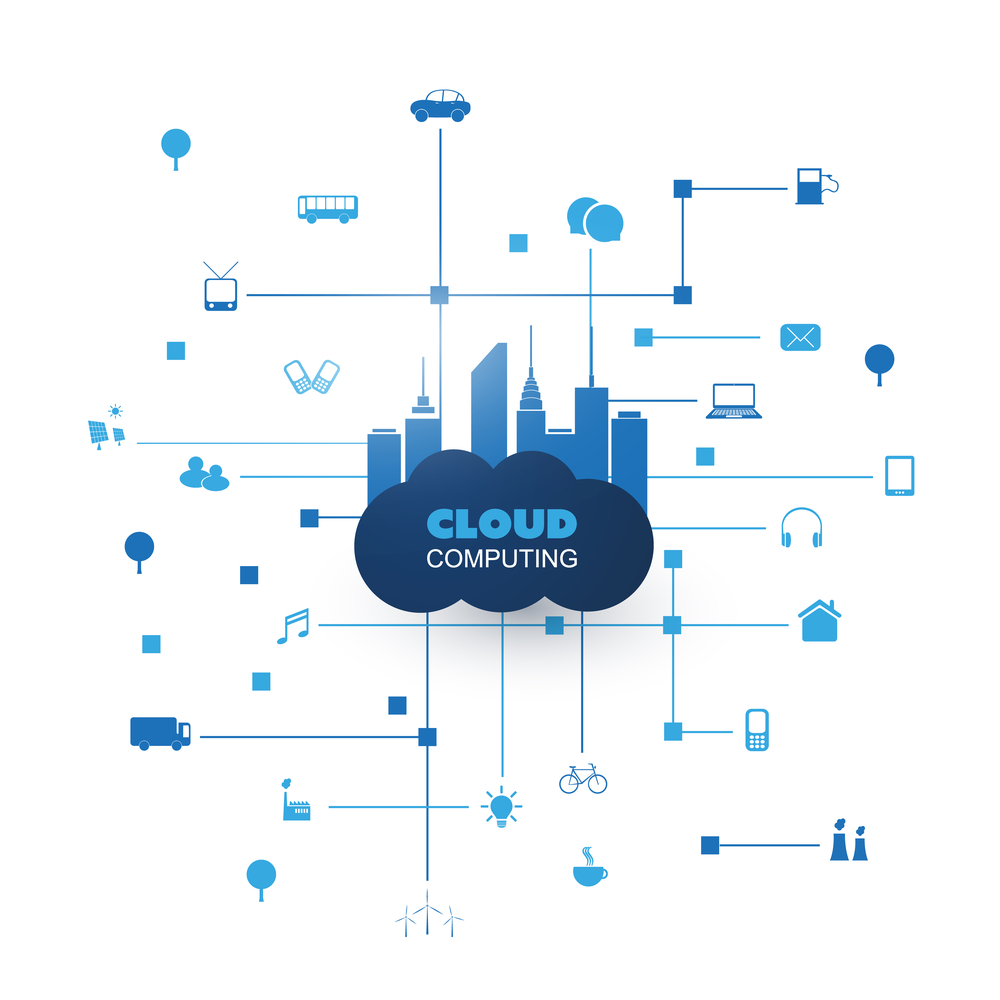Enterprise cloud strategy incomplete without multi-cloud assessment
As you build your cloud enterprise strategy to start using the cloud or to migrate some of your workloads to the cloud, you need to consider multi-cloud as a core pillar of the of your Cloud strategy discussions. Let’s try to understand multi-cloud first. Multi-cloud by definition is to have multiple Cloud providers providing various Cloud services to you.
There are several top Cloud players out there which you may want to consider for Cloud service including Amazon, Microsoft, Google, IBM or Oracle. The top three Cloud providers, from market share perspective, are Amazon with their AWS cloud services, Microsoft with Azure Cloud services and then Google with Google Cloud Platform. You may already have software, hardware, service or other agreements with one of these Cloud giants. It may make sense to use that as a guiding light for you to pick your Cloud provider short list. Having said that don’t let that be the sole factor to influence your decision. There are other factors you should consider in making a decision on what Cloud providers will help you meet you business goals and objectives. I have outlined a few key factors for you to consider before making a decision on your selection of providers for you multi-cloud strategy. These key factors include Hybrid scenarios support, desired services, proximity to a Data center, Cloud talent and cost.
Support for Hybrid scenarios
As an enterprise you may already have various data centers and servers. The issue for you is not to move all the servers and workloads into the Cloud but rather devise a migration strategy over the long-term and how you can take the current investment in your on-premises data centers and start connecting them to the Cloud. Thus, it becomes critical that your Cloud provider supports your hybrid scenarios not only physically but also for your applications and other workloads. You may also want to consider physically connect your Data centers directly to the Cloud provider for security reasons. Microsoft offers ExpressRoute for this purpose or you can use Amazon’s DirectConnect. One common scenario for you to ask for hybrid support is that you may want to set up Web servers for your site in the Cloud but may decide to keep the database servers on-premises in your data center.
Availability of desired services
Every Cloud provider doesn’t offer all the services in all the regions where they have Cloud Data centers. So you want to make sure that if you are going to sign up for a particular cloud provider in a certain region, that they offer those specific services you need in that region. You may have the need to setup Big Data services in your Far East office and want to make sure that your Cloud provider does offer those services in their Far East region. There are some common services such a setting up virtual machines, virtual networks, Web/mobile Apps, etc. that every provider will offer in every region but other niche services such as Machine Learning, Artificial Intelligence or IoT may not be offered in all the regions of your provider.
Data center vicinity
Performance is critical for some time sensitive systems and applications and you want to make sure that your selected Cloud provider has a Data center in the proximity of your customers and users of your Cloud-based applications and systems. As an example, if most of your users and customers are based in Western Europe then you want to make sure that you sign up with a provider that has a Data center in that region. Almost all top Cloud providers have Data centers located strategically across the globe. As of this writing Microsoft’s Azure has 36 regions, Amazon’s AWS has 19 regions, and Google Cloud Platform as 15 regions around the world.
Cloud resources and talent
Having the resources with expertise in multiple cloud providers and technologies will be a key part of your success in provisioning and managing services in the Cloud. You will have to either retrain your existing IT staff (including Network administrators, Systems administrators, and Developers) or hire new talent to assist you along this Cloud journey you are undertaking. Good Cloud resources are hard to come by and having a multi-cloud environment further complicates the situation where now you may have to hire different skilled people to manage multiple Cloud provider services. Cloud talent skilled in multiple Cloud provider’s technology stacks are a rarity and hard to find and you maybe in better luck in hiring separately for each provider.
Cost
Cost is always a key reason when comparing and choosing from multiple Cloud providers. Your cost should be the total Cost of Ownership (TCO) which includes the trial, deployment, configuration and the maintenance of the services. All top Cloud providers are offering compatible prices but you will see differences depending on your workloads and applications you planning to host in the Cloud. Cloud spend and waste should be one of the key pillars of your Cloud strategy. Various tools and systems are available from your Cloud providers and other vendors to help you along the way. Azure’s calculator is available here, while AWS offers a TCO calculator along with Google having their own pricing calculator. Along with these basic cost calculators, both Microsoft and Amazon offer extended cost management systems for customers and partners to help them manage their Cloud spend for both Azure and AWS. There are also third party tools like RightScale’s Optima which may be worth checking out too for your multi-cloud environment.
Conclusion
As we move further into 2018 and beyond, we are going to see more and more enterprises opting to sign up with multiple Cloud providers and thus multi-cloud assessment will become a key element of your enterprise Cloud strategy with consideration for the factors I outlined above. In order to reduce the complexities of managing Cloud technology stacks of different Cloud providers, my recommendation would be to try to land on not more than two Cloud providers for your business.
Join our Mailing List
Subscribe to our mailing list and get additional information around Cloud, Cloud Computing, Leadership, Digital Transformation, Social Media and Content Marketing.
Thank you for subscribing.
Something went wrong.
Leave a Reply
Leave a Reply
Join our Mailing List
Subscribe to our mailing list and get additional information on Digital Transformation, Cloud, AI, ML, IoT, Emerging Technologies, Education, Training and other related topics
Thank you for subscribing.
Something went wrong.











About the author